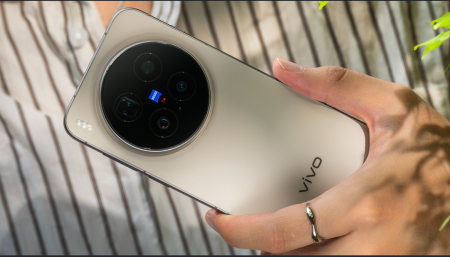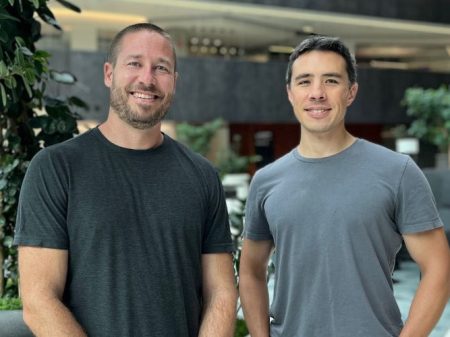NASA has partnered with Microsoft to develop an AI-powered chatbot called Earth Copilot that aims to make it easier for scientists and researchers to sift through the vast amounts of data collected by Earth-observing satellites. Using Microsoft’s Azure OpenAI Service, the chatbot enables users to explore satellite data on climate change, atmospheric conditions, and ocean temperatures. By allowing users to ask specific questions and receive clear insights, the app could help in analyzing trends, developing predictive models, and addressing global challenges.
The Earth Copilot chatbot allows users to ask questions such as, “What was the impact of Hurricane Ian on Sanibel Island?” or, “How did the COVID-19 pandemic affect US air quality?” The app can then provide relevant information and insights in seconds, making it easier for non-technical users to access and understand complex data. This development marks a step toward a future where critical data about the Earth is more accessible to a wider audience, beyond just specialists. While currently only available to NASA scientists and researchers, the agency aims to make the tool more user-friendly and accessible to the general public.
Microsoft’s Tyler Bryson emphasized the importance of simplifying data access and analysis for users who may not have technical expertise in navigating complex interfaces or understanding data formats. By harnessing the power of AI, the chatbot aims to democratize data access and enable educators to engage students in learning about climate change, as well as empower policymakers to make informed decisions on critical issues. The partnership between NASA and Microsoft highlights the potential of AI technology in facilitating data exploration and decision-making in the field of Earth observation.
In addition to Earth Copilot, NASA is also working on developing a time zone for the Moon, showcasing the agency’s innovative approach to space exploration and data analysis. NASA’s Mars scientists are also exploring mysteries such as the “peculiar pale pebbles,” demonstrating the agency’s ongoing efforts to uncover new insights and discoveries beyond Earth. By leveraging cutting-edge technology and collaboration with industry partners like Microsoft, NASA is pushing the boundaries of scientific research and data interpretation to advance our understanding of the universe.
The use of AI-powered chatbots like Earth Copilot represents a significant advancement in the field of Earth observation and data analysis. By streamlining the process of accessing and interpreting large datasets, researchers and scientists can more efficiently analyze trends, track changes in environmental conditions, and predict future outcomes. This technology has the potential to revolutionize how we interact with and understand Earth’s complex systems, leading to new discoveries and insights that can inform decision-making and policy development on a global scale.
Overall, the partnership between NASA and Microsoft to develop Earth Copilot highlights the transformative potential of AI technology in enabling more accessible and insightful data exploration. By democratizing data access and analysis, the chatbot opens up new possibilities for researchers, educators, policymakers, and the general public to engage with and understand critical information about our planet. As we continue to harness the power of AI in space exploration and scientific research, we can look forward to new discoveries, innovations, and solutions to pressing global challenges.












